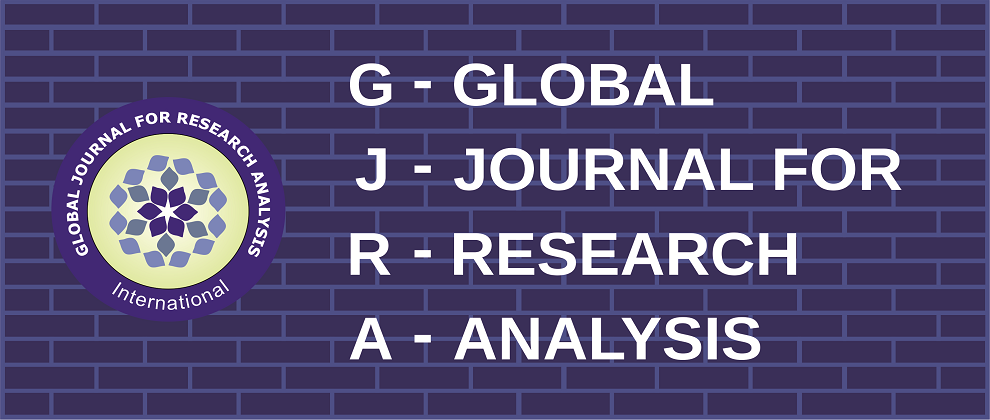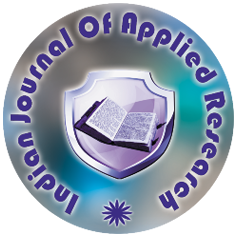Volume : VIII, Issue : X, October - 2019
CLIMATE CHANGE, POLLUTION, TROPICAL SEASON, HIV-POSITIVE, HIV-NEGATIVE AND HIGH FREQUENCY OF HYPOVITAMINOSIS D IN PATIENTS FROM KINSHASA, DRC
Mandina Ndona Madone, Longo Mbenza Benjamin, Renzaho Andre, Lepira Mbompeka Francois, Makulo Rissassi Jr, Wumba Di Mosi Roger, Ngatu Roger, Apalata Teke Ruphin, Mambueni Thamba Christophe, Mbula Mambimbi Marcel, Situakibanza Nanituma Hippolyte
Abstract :
Background: The main source of vitamin D from the human skin and synthetized by violets B rays emitted by the sun. Environmental factors such us season, climate change, diets, and pollution, are therefore likely to influence the levels on vitamin D. Furthermore, High frequency of vitamin D deficiency is now observed among HIV-infected patients. There is no published data about HIV and Vitamin D despite few scientific articles on HIV and vitamin D status reported by other African countries. Objective: This study sought to determine specifically increased prevalence of vitamin D deficiency and environmental factors associated with HIV-positive compared to HIV-negative. Methods: Patients followed in Kinshasa hospitals, DRC, where evaluated between the October 2015 and November 2017 period. Serum levels of vitamin D were measured in adult HIV-positives and HIV-negatives during the dry season and the rainy season in the context of climate change and pollution of the megacity of Kinshasa. Results: Five hundred and six patients were enrolled. The prevalence of moderate (≤29 and ≥20 ng/mL) and severe (<20 ng/mL) 25-OH vitamin D deficiency was12% (n=64) and 54,6% (n=273) respectively, 34,4 %had normal status. 62,4% (n=316) and 4,2% (n= 21) of patients with deficiency (<30 ng/ml) 25-OH vitamin D were HIV-positive and HIV-negative respectively. Water pollution, air pollution, dry season, and cold season La Ni�a we resignificantly associated with 25-OH vitamin D deficiency (P < 0.0001 and <0,05, respectively). Conclusion: Overall, vitamin D deficiency was very high whereas vitamin D deficiency was epidemic among HIV-positives in comparison with HIV-negatives. Dry season and La Ni�a season /climate change-variability related to ultraviolet light and oxidative stress-ecotoxicity related pollution might be considered in the prevention and the treatment of HIV-infection in Kinshasa, DRC, Central Africa.
Keywords :
Article:
Download PDF
DOI : https://www.doi.org/10.36106/gjra/9508395
Cite This Article:
CLIMATE CHANGE, POLLUTION, TROPICAL SEASON, HIV-POSITIVE, HIV-NEGATIVE AND HIGH FREQUENCY OF HYPOVITAMINOSIS D IN PATIENTS FROM KINSHASA, DRC, Mandina Ndona Madone, Longo-Mbenza Benjamin, RENZAHO Andre, Lepira Mbompeka Francois, Makulo Rissassi JR, Wumba-di-Mosi Roger, Ngatu Roger, Apalata Teke Ruphin, Mambueni Thamba Christophe, Mbula Mambimbi Marcel, Situakibanza Nanituma Hippolyte GLOBAL JOURNAL FOR RESEARCH ANALYSIS : Volume-8 | Issue-10 | October-2019
Number of Downloads : 947
References :
CLIMATE CHANGE, POLLUTION, TROPICAL SEASON, HIV-POSITIVE, HIV-NEGATIVE AND HIGH FREQUENCY OF HYPOVITAMINOSIS D IN PATIENTS FROM KINSHASA, DRC, Mandina Ndona Madone, Longo-Mbenza Benjamin, RENZAHO Andre, Lepira Mbompeka Francois, Makulo Rissassi JR, Wumba-di-Mosi Roger, Ngatu Roger, Apalata Teke Ruphin, Mambueni Thamba Christophe, Mbula Mambimbi Marcel, Situakibanza Nanituma Hippolyte GLOBAL JOURNAL FOR RESEARCH ANALYSIS : Volume-8 | Issue-10 | October-2019


 MENU
MENU


 MENU
MENU






